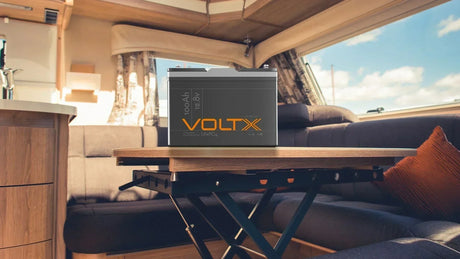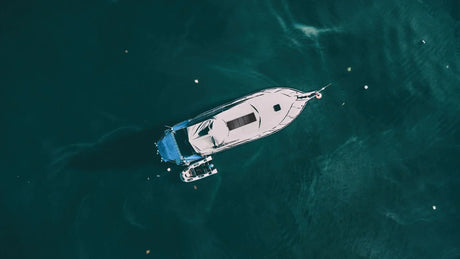Before you invest in the best portable solar panels for camping, consider the ways you plan to use the device and where you will be camping. As always, there are tradeoffs to keep in mind.
Example tradeoff: Will you be willing to sacrifice overall wattage output for the convenience of lighter weight and portability? To answer, think about the following questions.
Are You Carrying the Solar Panel with You?
If you plan to carry the solar panel around backpacking or boondocking, then the size and weight are critical. Also, if you plan to camp for long periods, the weight and size become even more important. However, you'll also need something that will have enough output to last for the duration of your trip.
Solar panels that have an energy output to last for long trips tend to be bigger and heavier, so you need to find the right compromise. Plus, lighter weight often means less durability so that you could damage the solar panel. Even if you use great care, cheaper panels tend not to last as long.

On the other hand, if you have access to a campsite or an RV, that opens the door to larger, rigid solar panels. Thus, you can invest in the best quality solar panel to attach to your vehicle or place near your campsite.
Does Your Campsite Have Adequate Light?
If your campsite is mostly in the shade, then the best portable solar panels for camping are those which can operate in less than optimal conditions. In fact, many inexpensive solar panels won't work well in deep shade. However, their portability also means you can move them around as much as you like to find the best sunny spot.
The best portable solar panels for camping are easy enough to move, but you may have to rig them to stand at the optimal angle and to avoid watching them blow away in heavy wind. Plus, you may need to buy accessories like longer cords and adapters to attach the solar panel to batteries and devices.
Wattage, Charging Ports, and Accessories
When choosing the best portable solar panels for camping, the output capacity in watts is always a primary concern. Will you need the panel for charging cell phones, a laptop, or the battery for your RV? The number of devices and their energy consumption will determine your best choice.
 If you only want to keep your smartphone charged, then a smaller solar panel that supplies at least 5 watts will be needed. If you want to charge your laptop, you'll need a minimum of 45 watts and probably more like 90 watts. Thus, you might want to invest in a solar panel with more than enough wattage. Keep in mind; the output will depend largely on the weather and the amount of sunshine at any given time.
If you only want to keep your smartphone charged, then a smaller solar panel that supplies at least 5 watts will be needed. If you want to charge your laptop, you'll need a minimum of 45 watts and probably more like 90 watts. Thus, you might want to invest in a solar panel with more than enough wattage. Keep in mind; the output will depend largely on the weather and the amount of sunshine at any given time.
Depending on the devices you plan to charge, you'll need to buy additional accessories. For example, you may need an AC-to-DC inverter for laptops as well as a battery or portable power station to store the energy from the solar panel.
Monocrystalline Versus Polycrystalline and Thin-Film Solar Panels
When it comes to the quality of solar panels, monocrystalline is generally considered the best quality. However, polycrystalline and thin-film tend to be less expensive. Why? Monocrystalline is made from quality high-purity silicon, with the most energy efficiency in low-lighting conditions. Thus, these panels can be smaller but have a comparatively high energy output.
Polycrystalline solar panels are cheaper but have lower heat tolerance. Thus, these panels may not work in the hot sun as well. These panels tend to convert 14-16% of sunlight into electricity, versus roughly 22% for monocrystalline panels. Nevertheless, these panels are popular due to their lower cost, and they have improved over the years with better energy efficiency.
On the other hand, newer thin-film amorphous panels are the most economical but have lower efficiency. Also, these panels work best in low lighting conditions, which could be perfect for short backpacking uses if you only plan to charge your phone. Besides, these panels can be flexible and foldable, a big bonus if you need something that works on the go. As you would expect, thin-film panels are the cheapest but also may not be as durable or last as long.

So, which one is the best portable solar panel for camping? That depends on how much you want to invest and how you plan to use the product. You'll pay the most for monocrystalline panels but may opt to choose a lighter-weight thin-film model with lower wattage output, depending on your camping plans.





